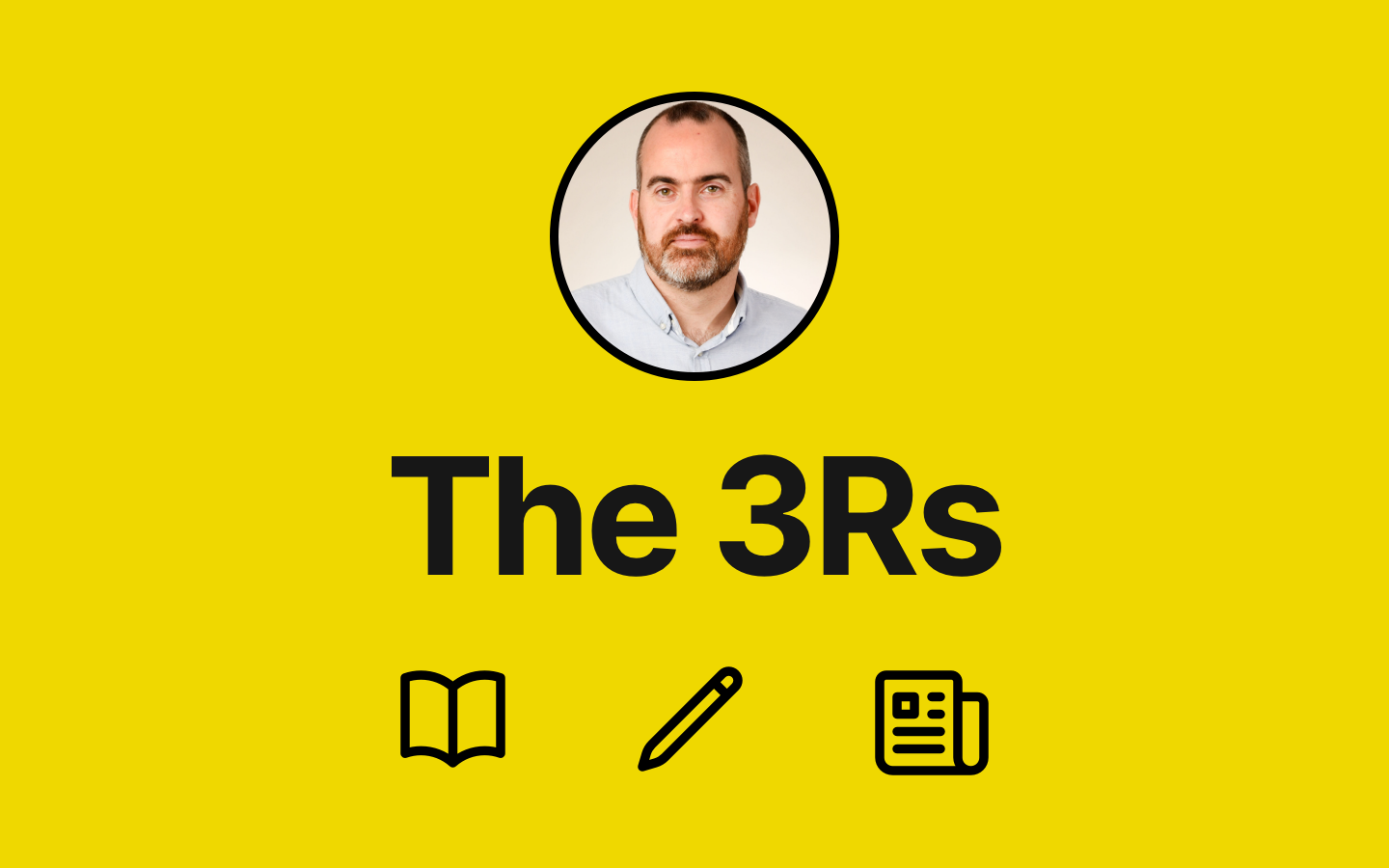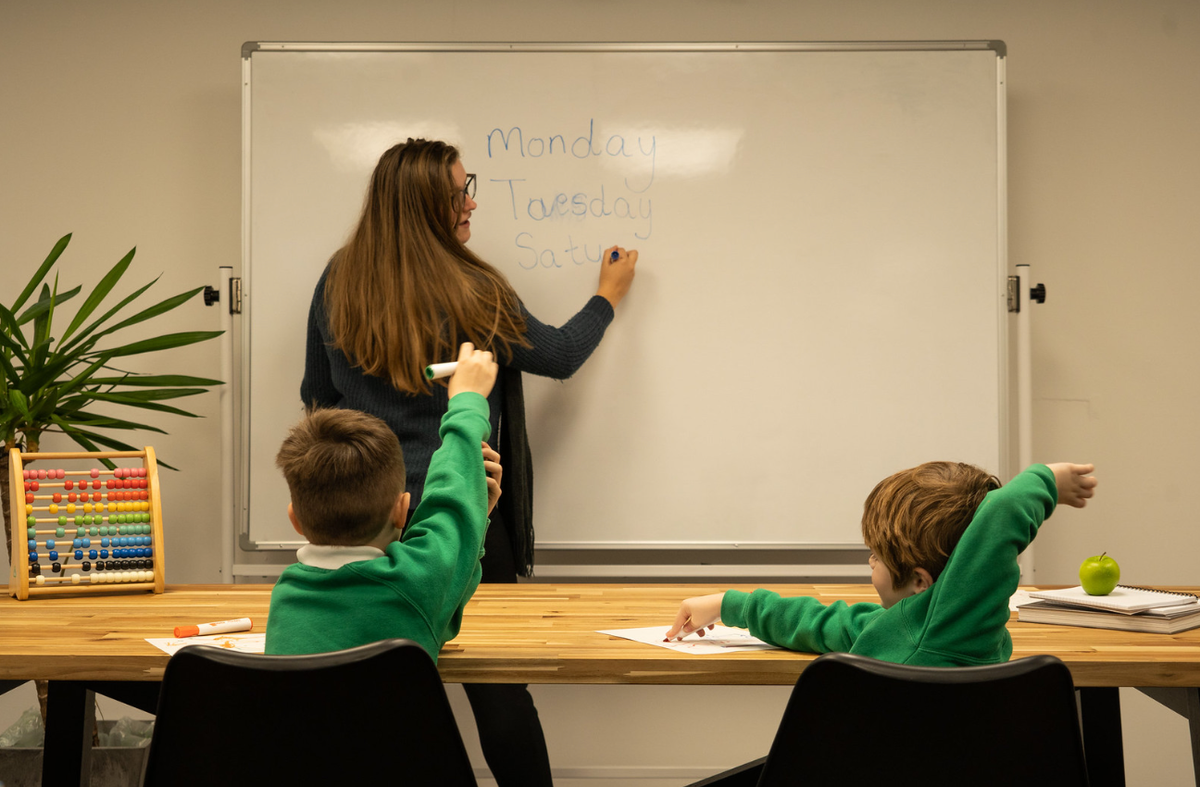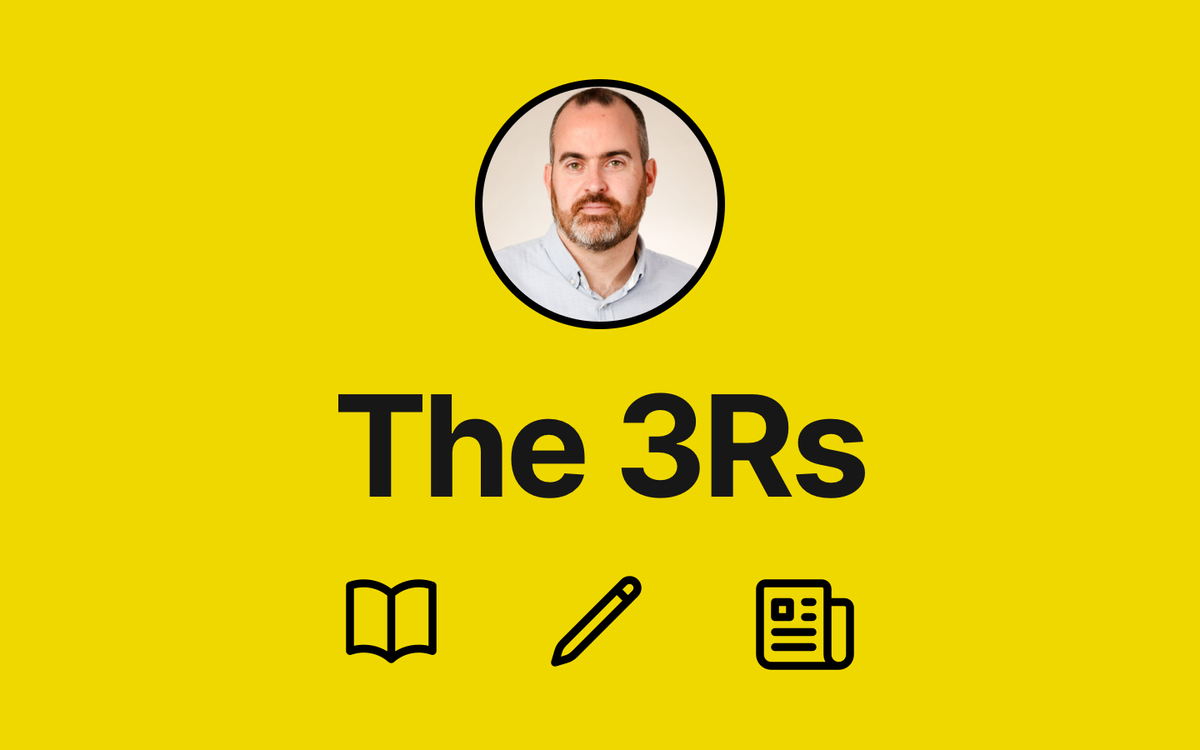Is oracy the next big thing? Are we destined for interminable arguments about it in the coming months or is there a healthy debate to be had about oracy?
I have lots of questions. For me, as a former English teacher, it feels like oracy – or speaking and listening – is just part of the fabric of teaching and learning, but I recognise it can also prove totemic for how the latest trends can crash into the classrooms of busy teachers with too little time to understanding or careful application to practice.
I have a few questions that I think should form part of a constructive debate about oracy:
- What is the most useful definition for oracy?
- What are the most useful examples and non-examples of effective oracy practices?
- How might effective oracy practices in early years differ from effective practices in secondary science classrooms?
- What is the scope for oracy practices (‘book talk’, mathematical reasoning, debating, ‘cold calling’, active listening) in whole school policies?
- What oracy practices best support the authentic communication demands of respective subject disciplines?
- How might oracy practices best fit with establishing and maintaining safe and secure classroom routines where every pupil can learn best?
- What are the most valid and reliable assessments for oracy skills?
- Should we focus attention on assessing oracy (if we make it a ‘target’ do we compromise efforts for effective teaching and learning)?
- How do we avoid mistaking extroversion for excellence when we focus on oracy and communication?
- What are the best support structures – time, training, and tools – for teachers to develop effective classroom talk routines?
Whether you an oracy advocate or a sceptic, I think some of the above questions would benefit busy teachers and leaders to explore so we can fend off fuzzy, or even failed implementation.
Some reflections from me:
- We need to define oracy more precisely. Is it speaking and listening, ‘dialogic talk’, ‘exploratory talk’, ‘accountable talk’? There are lots of useful models for both theory and practice, but it can make things confusing for busy teachers who want clarity so they can calculate their classroom efforts.
- Teachers, and school needs, can best define and explain oracy through examples (it’s just good learning, right?). Too often, we can make assumptions about practice changes. This is tricky with oracy, as every teacher already does it – to varying degrees – so it is ripe for fuzzy understanding and very little meaningful change to classroom practices.
- Oracy is a prime area for early years. It is fundamental to developing communication. It is why so much effort goes into support practice. There are nuances to the parameters of talk when it comes to play in early years compared to teenagers reasoning over maths problems at GCSE.
- There is real value in lots of existing practices that could be described under the oracy umbrella. ‘Think-pair-share’, ‘cold calling’, debating, classroom discussion, or ‘book talk’ can all benefit learning. They need to be sharply defined (see points 1, 2 and 3!), scaffolded and supported, otherwise any whole school focus can quick devolve into a few tricks being displayed during annual lesson observations and not much more.
- As pupils progress through school, the academic demands of various disciplines become more demanding and specific. Vocabulary, reading and writing becomes highly specialised, and communication becomes reliant on rare knowledge and ways of working. This means we may need to resist formulaic whole school approaches, and instead respect approaches to communication and oracy that best fit the curriculum.
- Artful structured talk in one classroom can devolve into idle chatter in another. New teachers may not command the classroom and manage the nuances of excited pupils arguing about a topic. We need to ensure oracy supports pupils’ learning, whilst maintaining clear parameters of classroom control for teachers. We can ask: will it work with a really challenging class on a wet Friday afternoon in November?
- Assessment is tricky. I spent years assessing speaking and listening in English. It is time consuming. It was sometimes subjective, unreliable, and plain difficult. We should assess what we value, but we should tread carefully, ensuring any change to assessment is not subtly stacked against disadvantaged pupils, nor creates a new workload burden for teachers.
- Speaking and listening in English language was dropped as a natural measure. It was deemed unreliable and problematic. Whilst we retain high stakes national assessment, Goodhart’s Law still stands: “When a measure becomes a target, it ceases to be a good measure.” There are no easy answers to this one.
- We need to take care: oracy can be an area prone to bias towards extrovert pupils. There is a danger of fetishising the act – a presentation or a debate – and not the careful construction of knowledge and understanding of what is being performed. Judging by our current media, we already have enough overconfident speakers holding court when we’d be better off talking with quiet experts.
- Oracy…curriculum…AfL. These aspects of teaching and learning can be substantive or a passing trend. Good definitions, exemplification, and more will matter, but fundamentally, given everything we know about capacity right now – teachers need time, excellent professional development, tools, and resources. Don’t implement those support factors successfully and…well, you know the result, for supporters and sceptics alike.






Comments